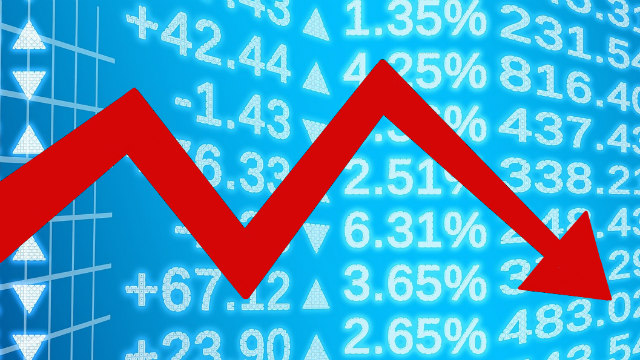In my experience, when a stock is priced for perfection, things rarely go well. And when I look at Shopify Inc. (TSX:SHOP)(NYSE:SHOP), that is exactly what I see. It is priced for perfection and then some in a market that is feeling very optimistic in general these days.
And I hate to say it, but in some ways, Shopify’s valuation reminds me of the dot com era, where we saw many examples of stocks priced for perfection.
There are always intelligent arguments to be made to justify this when it happens, but, at the end of the day, history shows that these situations do not go well for investors who are caught off guard.
The dot com era of excessive speculation lasted from roughly 1997 until 2000, when things started to fall apart.
I will use Cisco Systems Inc. (NASDAQ:CSCO) as an example out of the U.S. Cisco’s shares rallied from under $10 in 1998 to almost $80 in 2000, only to subsequently get killed and hit lows of under $10 again in 2002.
While Cisco is a different animal than Shopify, the commonality here is that its stock also got way, way ahead of itself in those years.
And today, the stock trades at $34 — a far cry from its highs of $80 back in 2000. Assuming they’d held on to the shares, those who bought in the hype are left with a fraction of what they’d initially invested.
A Canadian name that represents another example of this phenomena is Celestica Inc. (TSX:CLS)(NYSE:CLS), whose shares rose from under $10 in 1998 to hit highs of over $120 in 2000. Today, the shares are trading at $12.95.
Back to Shopify.
So, how can this mispricing be rectified? Well, there are two ways. The numerator (the stock price) could go down, or the denominator (earnings number) could rise in a dramatic way.
Shopify reported third-quarter results that showed gross merchant volume (GMV), which is the total amount of good and services sold through Shopify, increased 69%. That’s good, but this represents a slowdown from last quarter’s 74% growth. This is concerning.
The company reported higher than expected revenue and an operating profit ahead of schedule. Still, the shares declined in response to the release. This is also concerning. And management toned down expectations for revenue for the first quarter of next year.
More concerns remain — namely, the churn rate, as a big percentage of Shopify’s clients are small businesses; the failure rate is known to be high. Also, the market is highly competitive with low barriers to entry.
Lastly, and very important, is the fact that the price we are paying for the business is too high and does not reflect the real risks — only the possibilities. Simply put, there is, in my view, too much optimism baked in to the shares.
So, to answer the question, how will this mispricing of Shopify’s shares be rectified?
I believe the shares will fall as soon as the market’s optimism fades and the shares are priced realistically.
If you like the company and its prospects, wait for this to happen and snatch the shares up when the valuation becomes more reasonable. Don’t buy into hype.
 Stock Up Sale
Stock Up Sale







